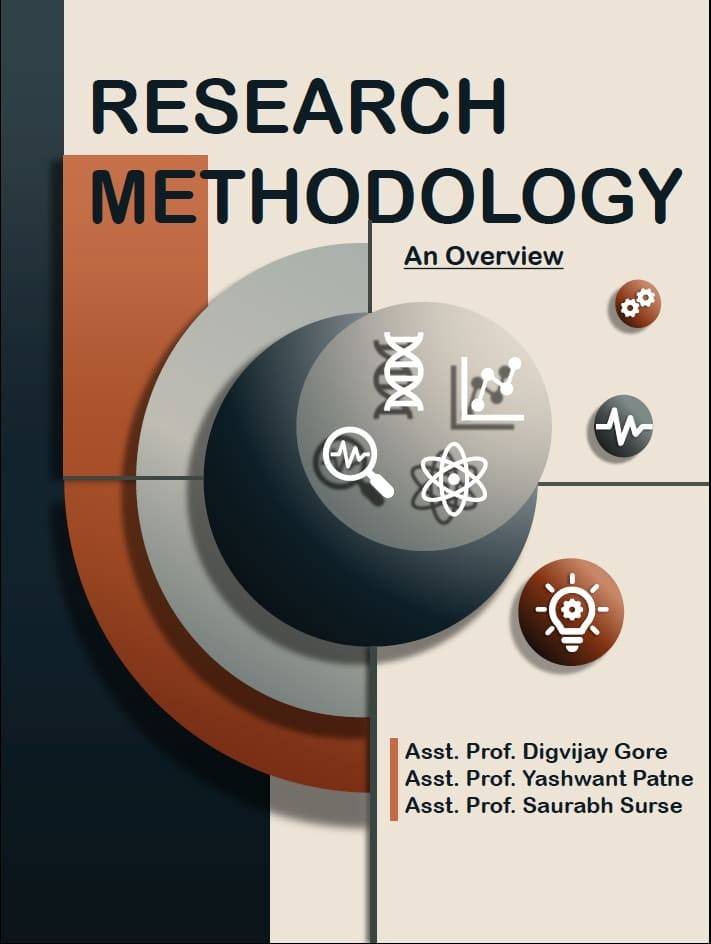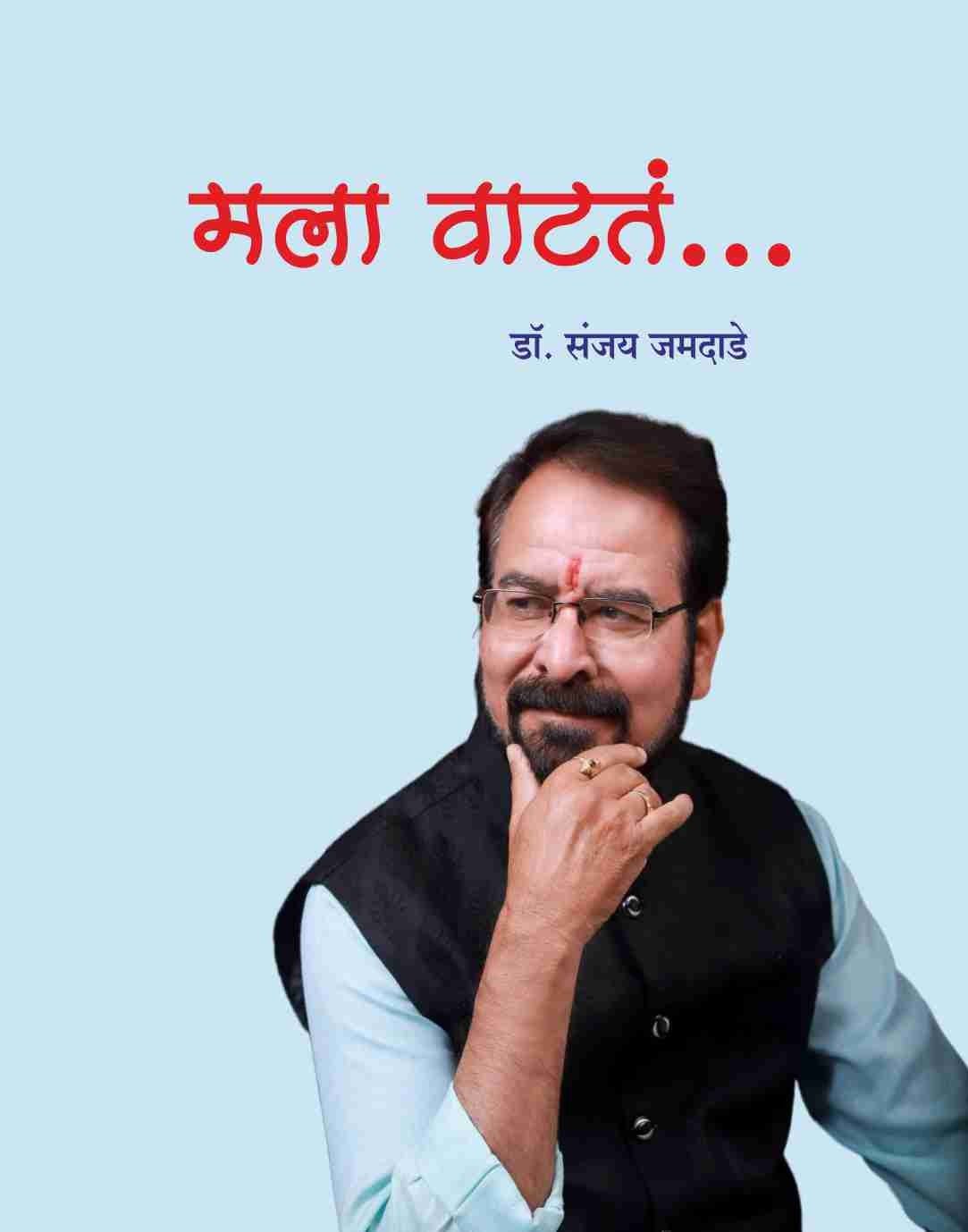Organic Qualitative Analysis : A Systematic and Conceptual Approach (Separation and Identification of Organic Compounds)
| Year/Semester: | No Year - |
|---|---|
| Duration: | Unlimited |
| Book Pages: | 249 |
| E-Book Price: |
₹ 43
|
|---|
| E-Book Buy Date: |
--
|
|---|---|
| E-Book Expiry Date: |
--
|
| Audio Buy Date: |
--
|
| Audio Expiry Date: |
--
|
Sushil R. Mathapati, the author of this book, is currently working as assistant professor at Department of Chemistry, Shri Madhavrao Patil Mahavidyalaya, Murum, affiliated to Dr. Babasaheb Ambedkar University, Aurangabad. He is a renowned academician and researcher in the chemistry disciplines. He has pursued Ph.D. degree along with SET, NET and GATE credentials. He has published one Indian patent along with 40 research articles in reputed journals. In addition to it, he has actively participated in number of conferences and presented his research work. Synthesis of heterocycles, design an efficient protocol for bioactive molecules, catalysis are the research interest area of author. He is more enjoying in academic activities and give devotion to framework concept of organic chemistry in the form of charts and flow diagrams. He has contributed in E-content enlargement and uploaded several charts on qualitative analysis of organic mixture, which helps to sustain the interest and conceptual understanding of students. This is third and first sole author book based on practical approach in organic chemistry.






















Dr. Sushil Mathapati 20-Oct-2023 08:41 am